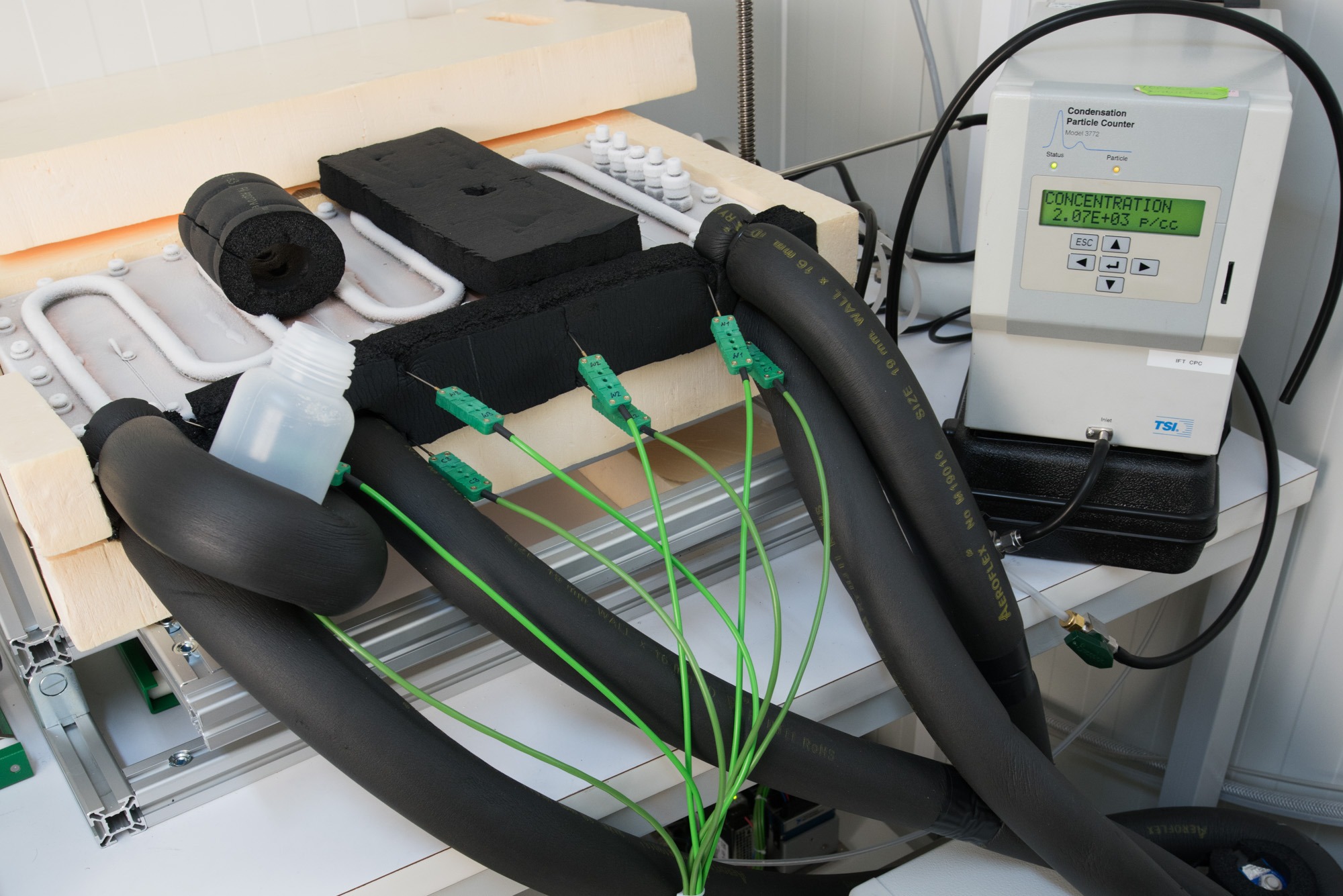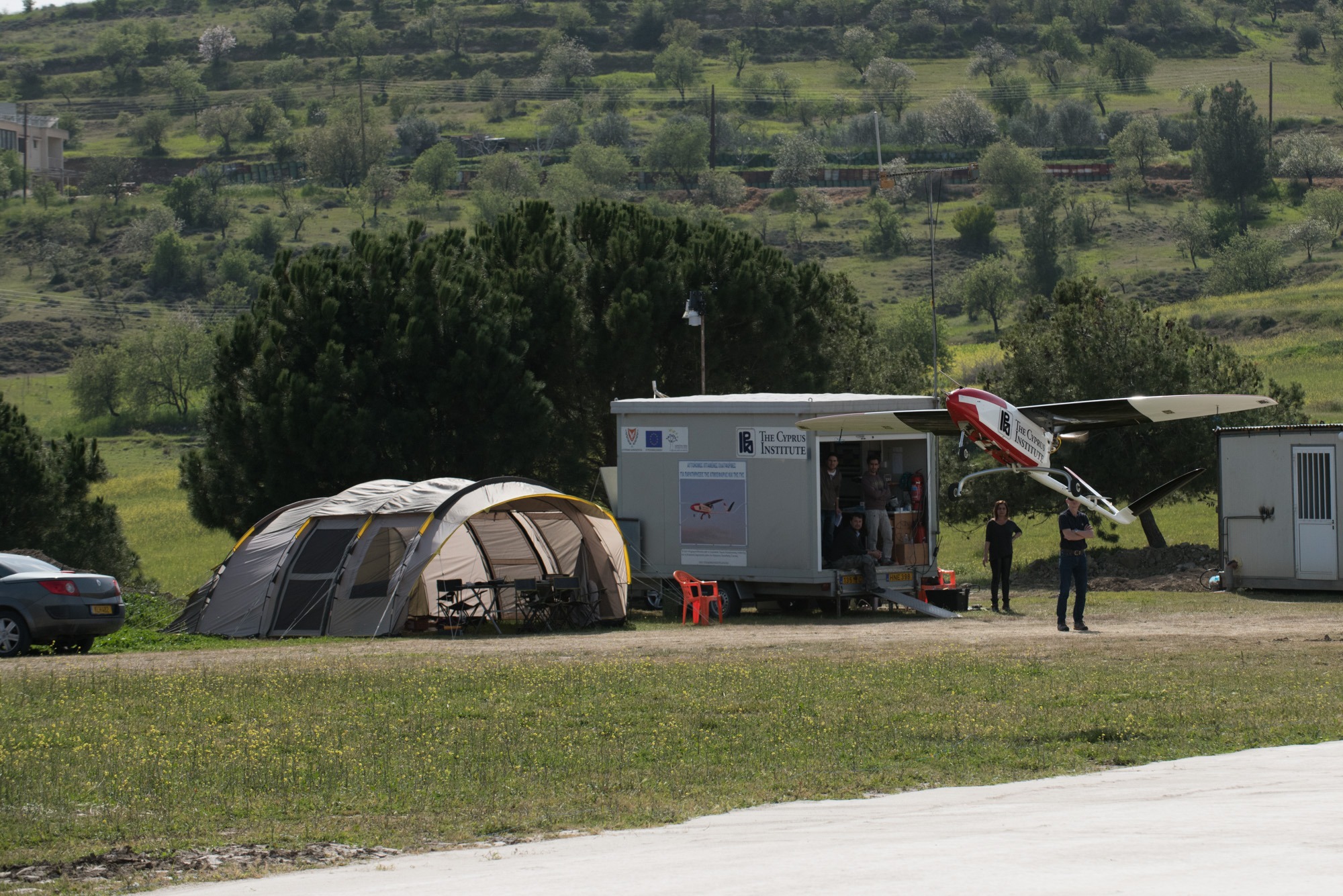Impact of Biogenic versus Anthropogenic emissions on Clouds and Climate: towards a Holistic UnderStanding (BACCHUS)
-
In March 2015, the Cyprus Atmospheric Observatory hosted a major international field campaign as part of the EU-funded BACCHUS project (Biogenic versus Anthropogenic emissions on Clouds and Climate: towards a Holistic UnderStanding). The campaign aimed to investigate the influence of natural and human-made aerosol emissions on cloud formation and climate-relevant properties in the Eastern Mediterranean—a region strongly affected by diverse pollution sources and natural emissions.
The Cyprus campaign was a cornerstone of the BACCHUS project, employing a comprehensive, multi-platform measurement strategy. This included remotely piloted aircraft systems (RPAS), ground-based instrumentation such as aerosol size spectrometers and lidars, and remote sensing tools including radar and satellite observations. These coordinated efforts focused on characterizing aerosols and their role as cloud condensation nuclei (CCN) and ice nucleating particles (INP)—key components in cloud development and radiative forcing.
A major highlight of the campaign was a detailed closure study, comparing in-situ measurements of cloud microphysical properties from RPAS flights with simulations from an Aerosol-Cloud Parcel Model (ACPM). This approach provided critical insights into the mechanisms of aerosol-cloud interactions, contributing to improved predictive capabilities in climate models.
The high-resolution data generated during BACCHUS have since been integrated into international atmospheric research databases and continue to support long-term studies on air quality, aerosol dynamics, and climate change in the region.
For more information check the BACCHUS webpage



-
The results of the BACCHUS measurements at CAO-AMX are communicated in Calmer et al. (2019).
The study presents a detailed aerosol–cloud closure investigation carried out using a combination of remotely piloted aircraft systems (RPAS), ground-based remote sensing instruments, and an aerosol–cloud parcel model (ACPM).
The RPAS provided in-situ measurements of cloud droplet concentrations, sizes, and liquid water content, which were then compared to model outputs of cloud optical thickness and albedo.
The study achieved strong closure, with good agreement between model simulations and observational data, confirming the reliability of both the instruments and the modeling framework. A key finding was the importance of accounting for entrainment and vertical air motions in the model—processes that significantly influence cloud microphysics and optical properties. The results demonstrate that UAV-based measurements are a powerful tool for understanding aerosol–cloud interactions and validating cloud microphysical models. This work enhances confidence in the use of such models for climate studies and emphasizes the need to include realistic atmospheric dynamics to accurately simulate cloud behavior.
Read the full peer-reviewed publication in Atmospheric Chemistry and Physics:

